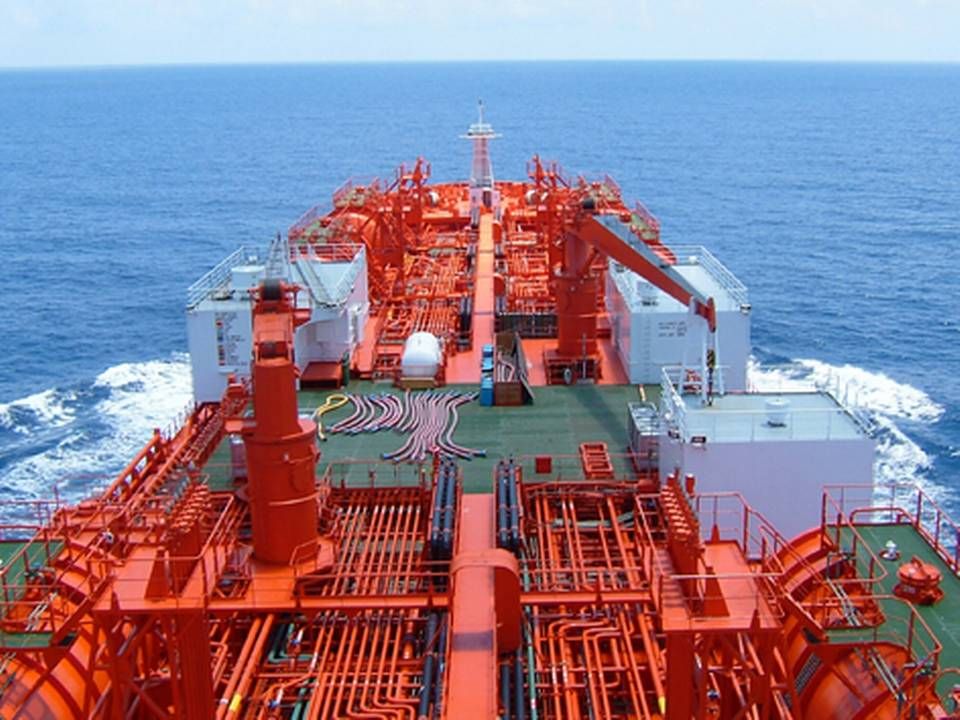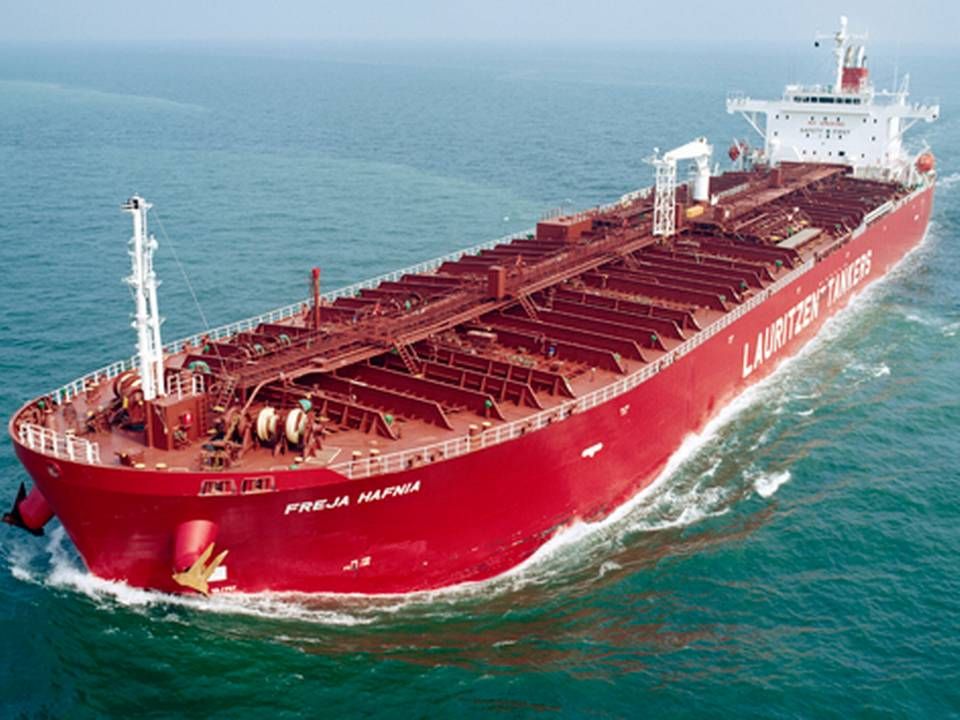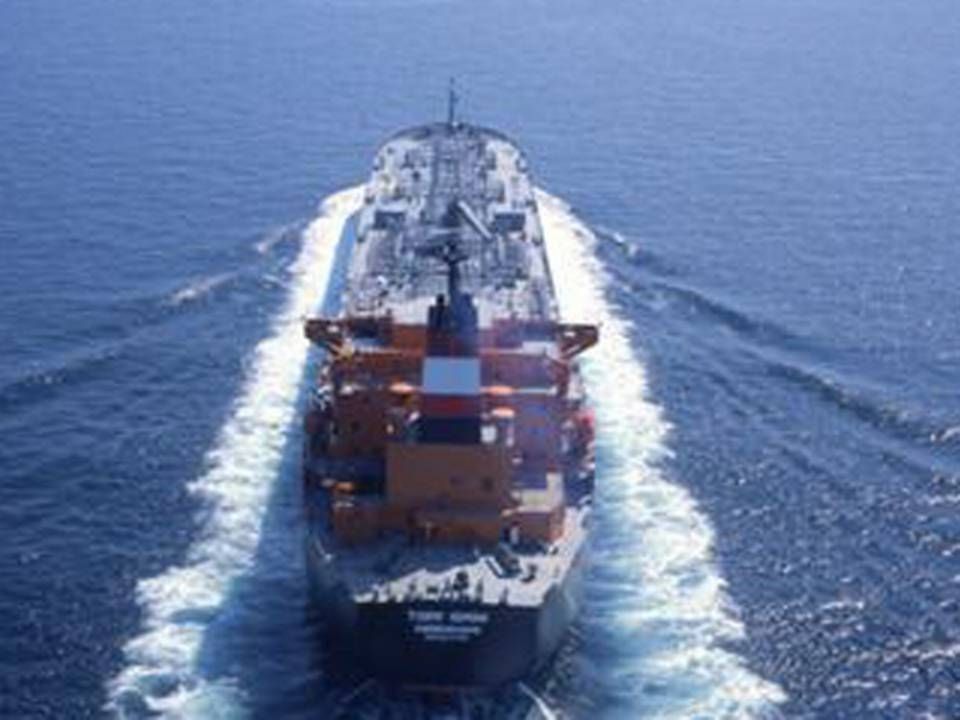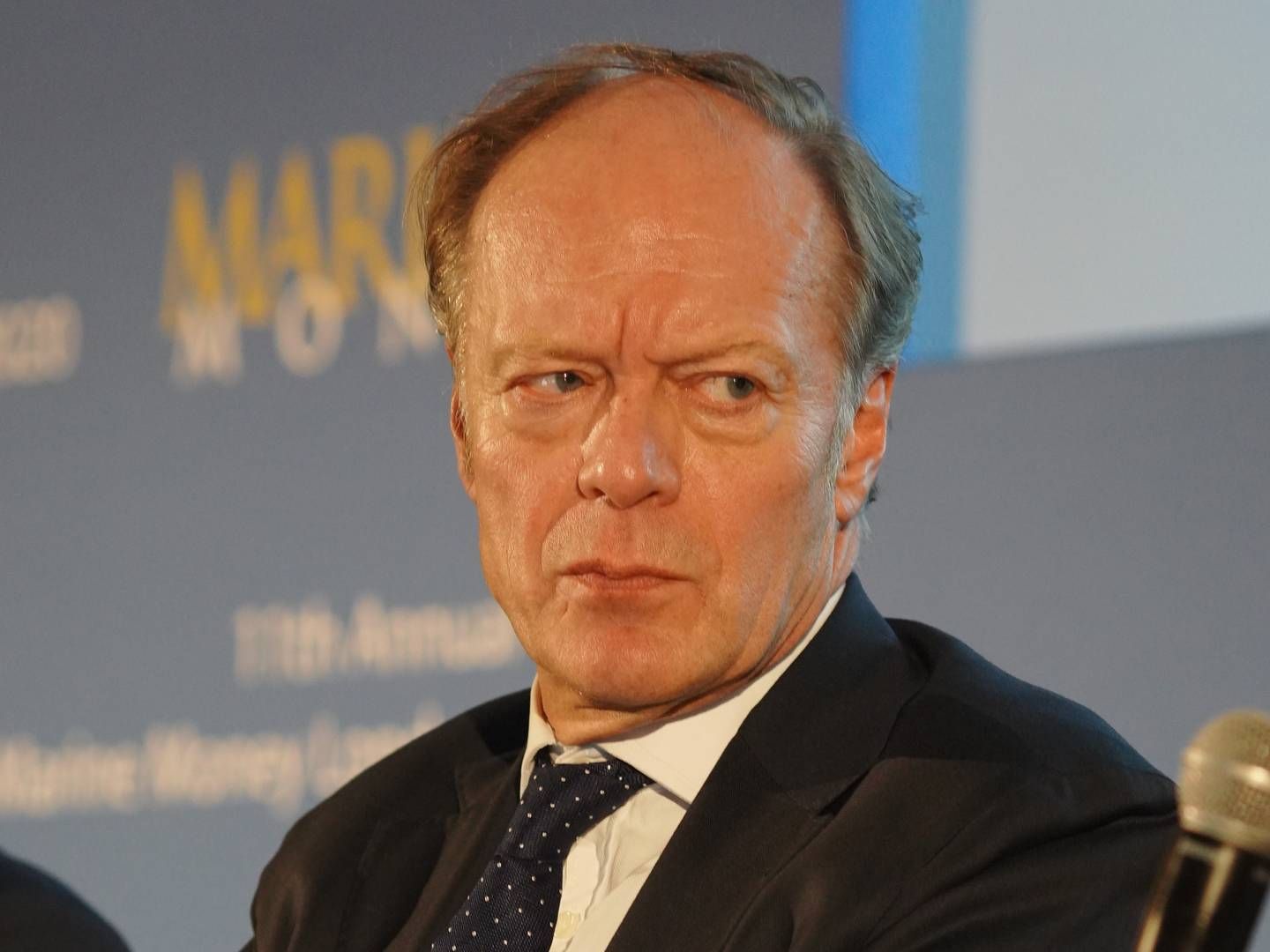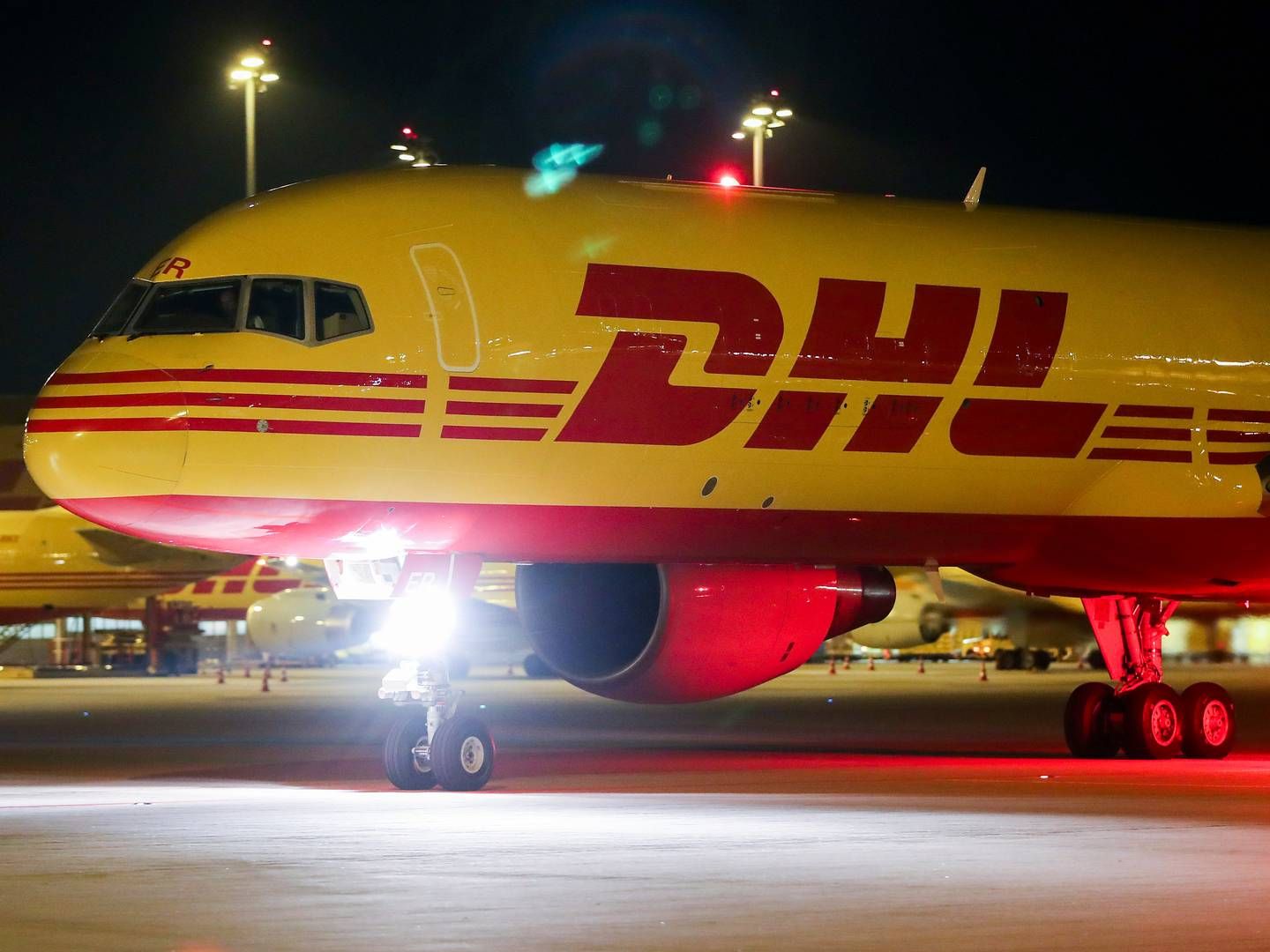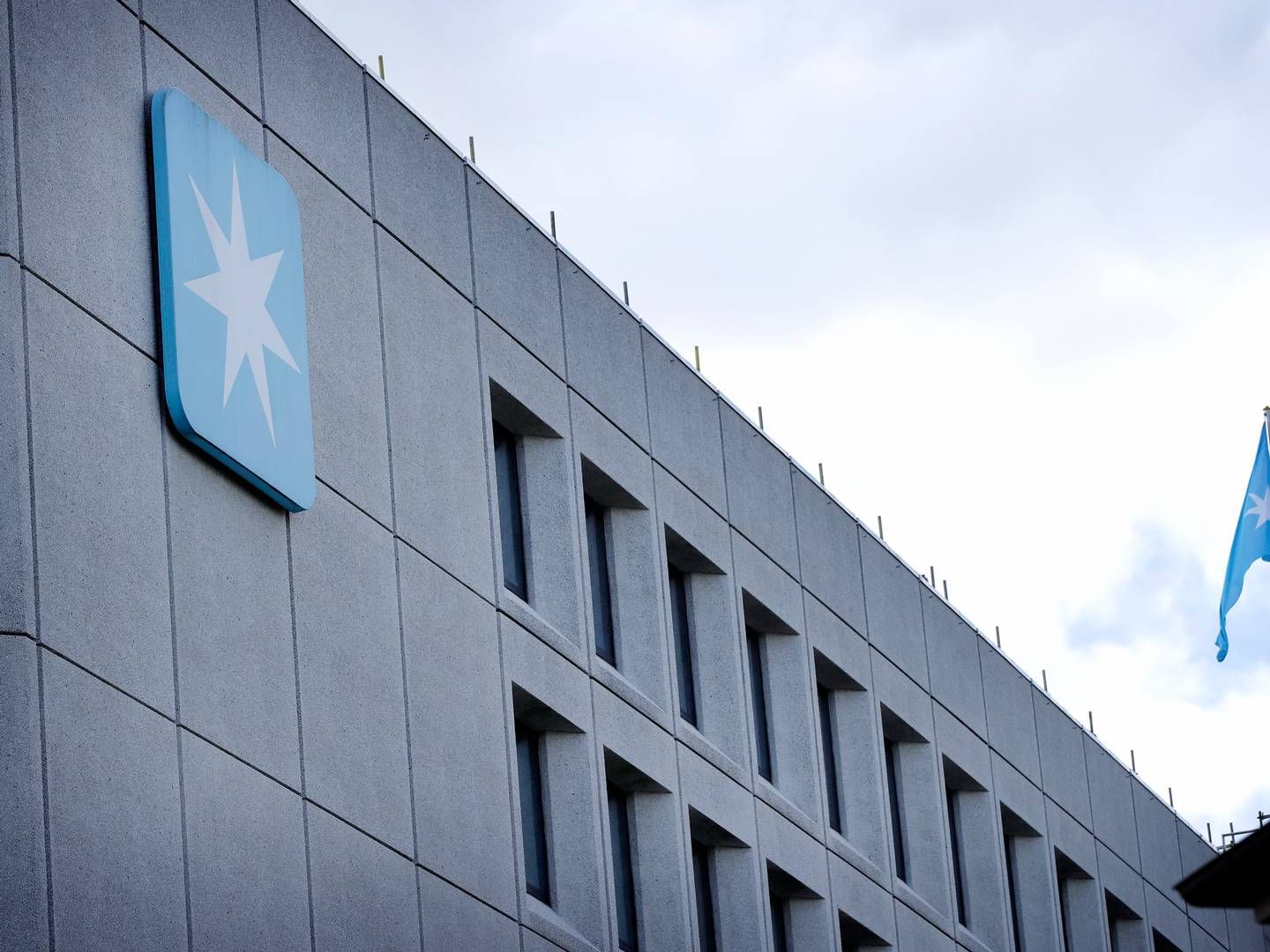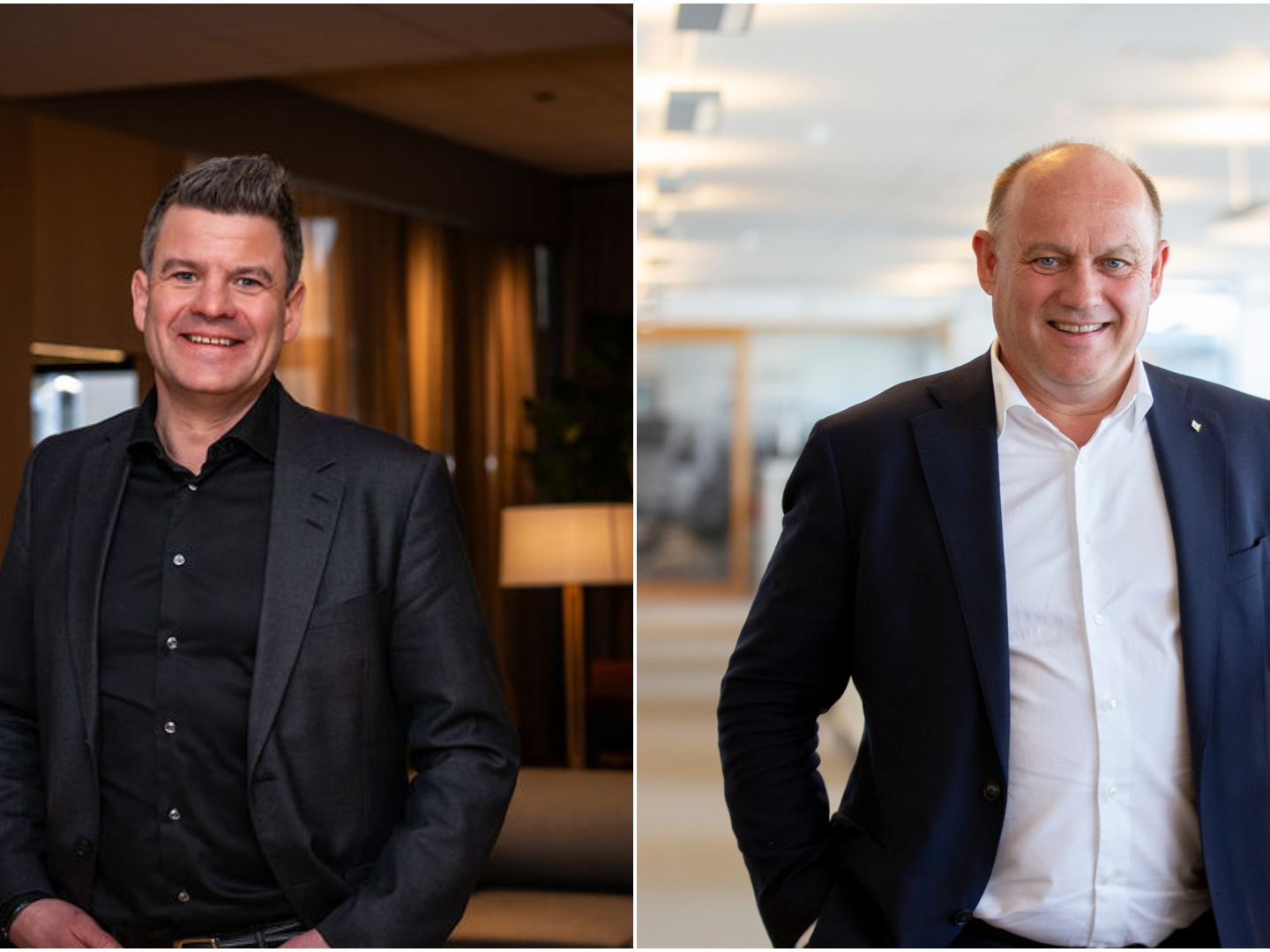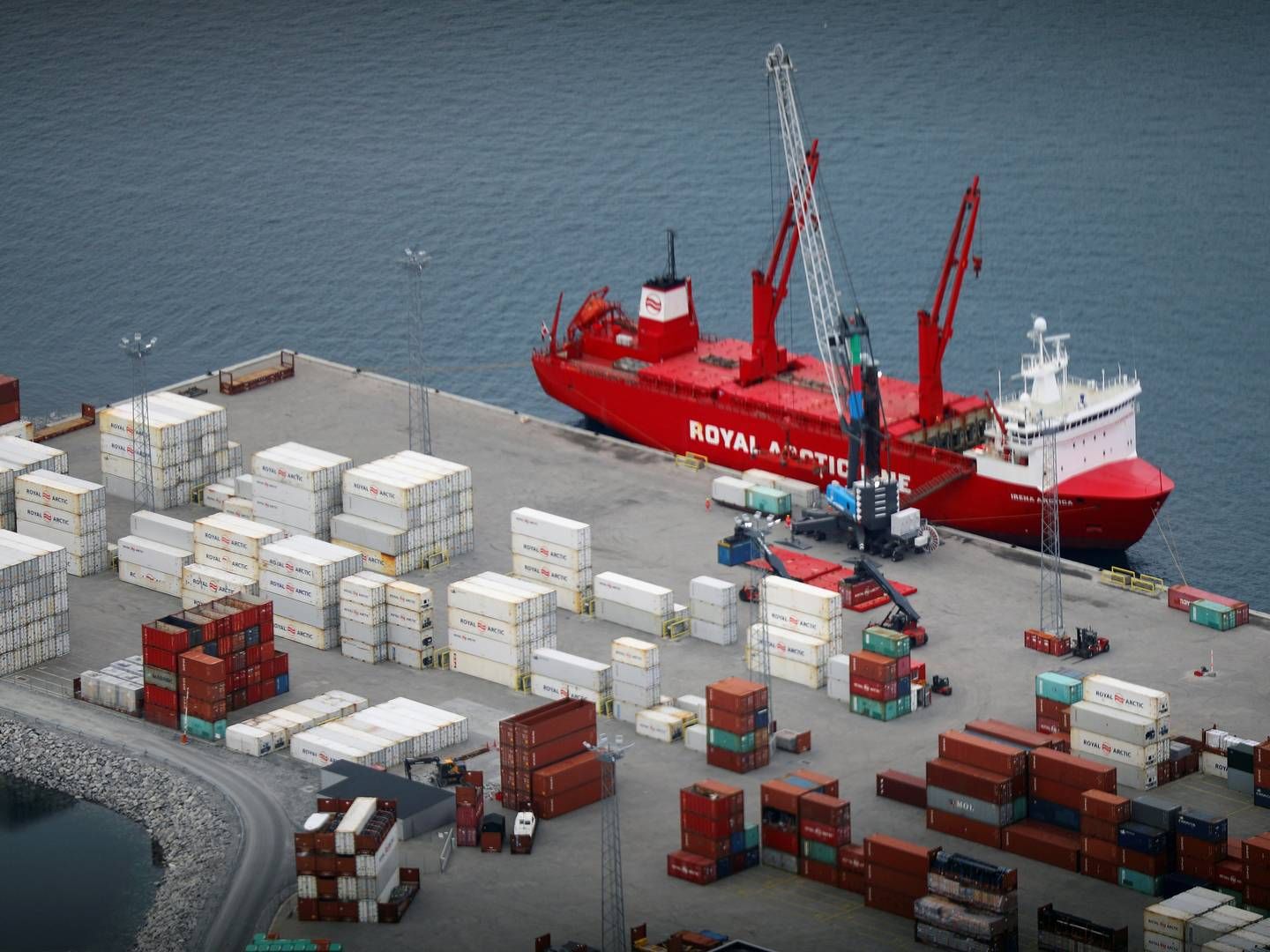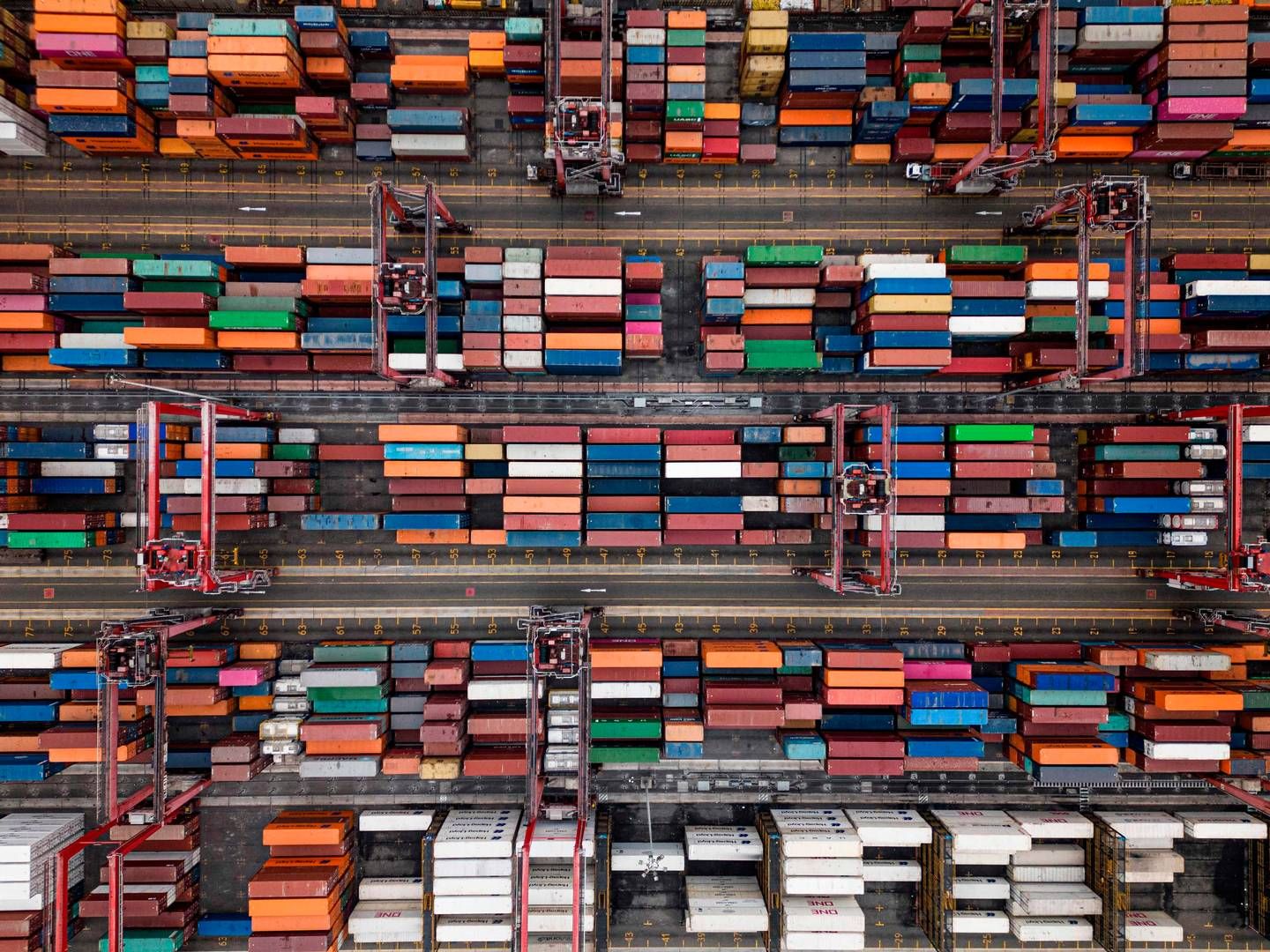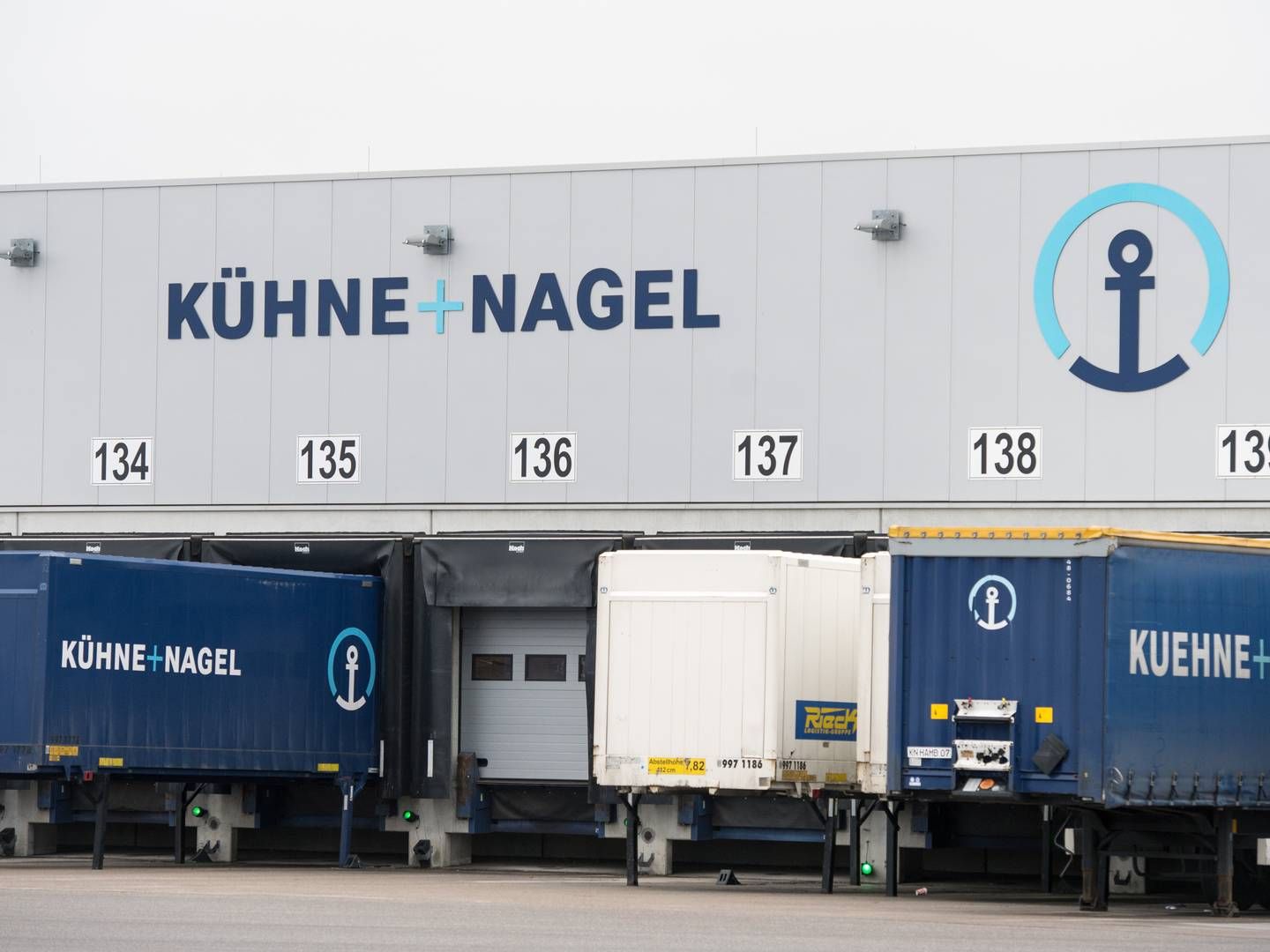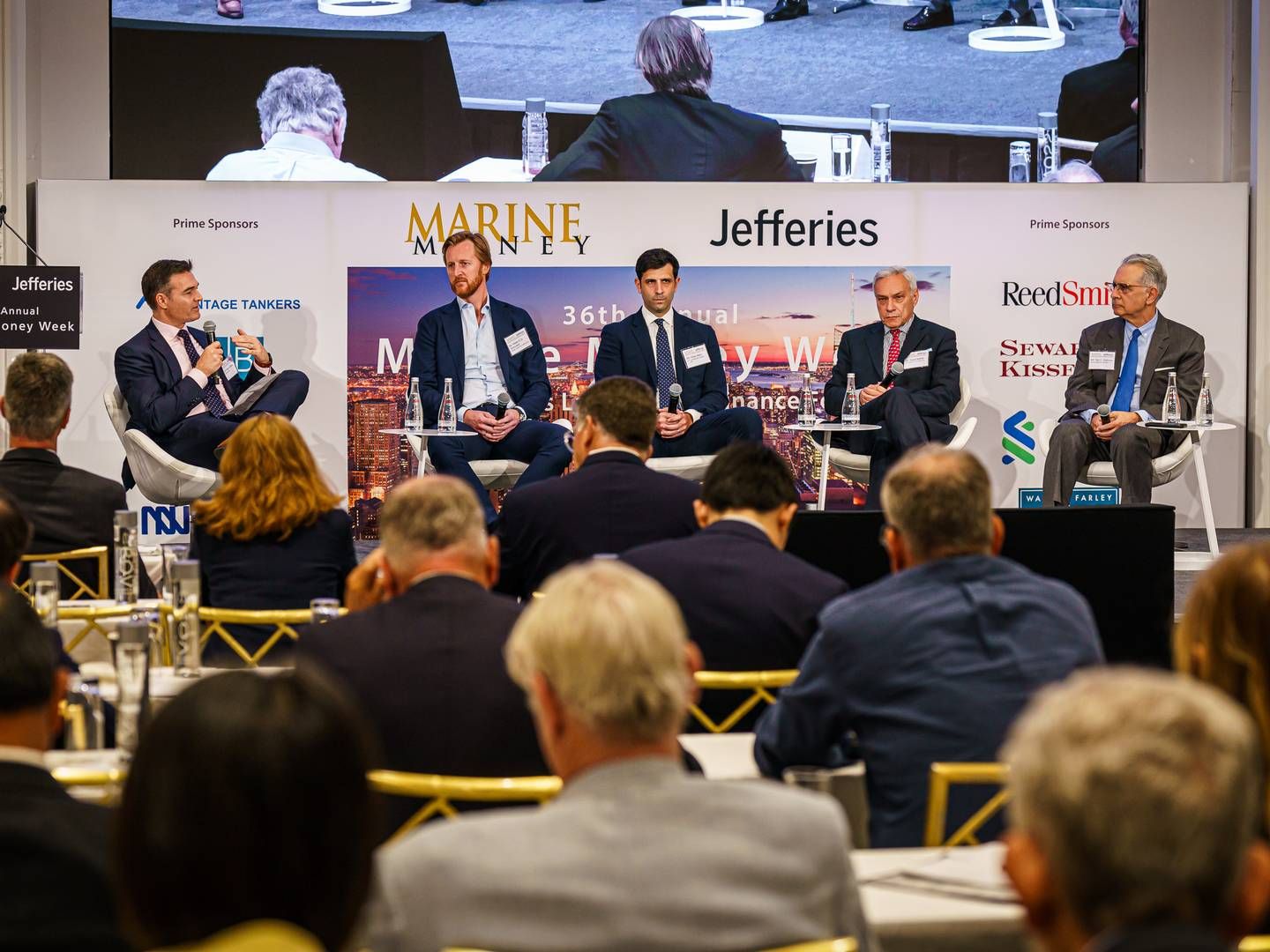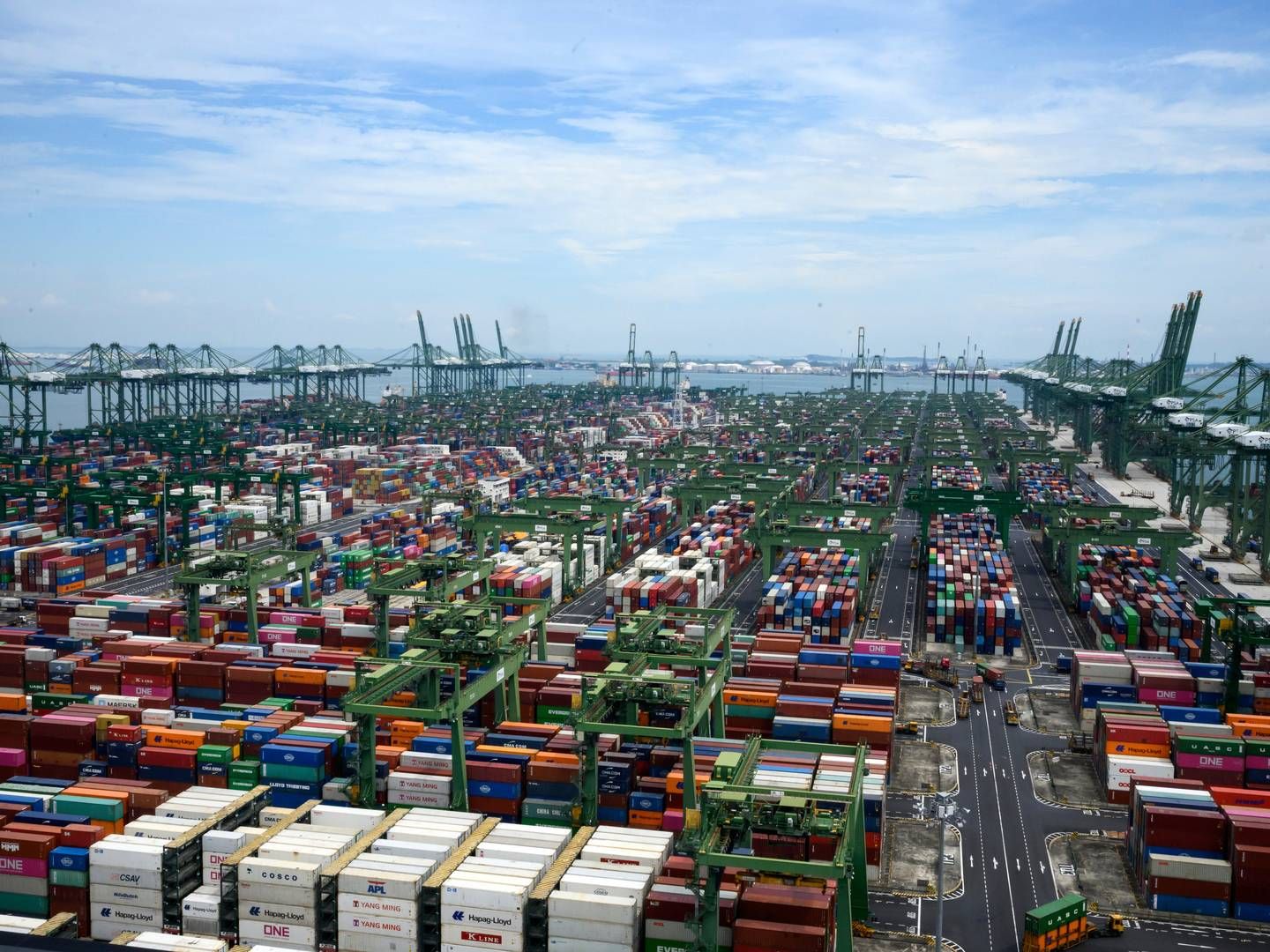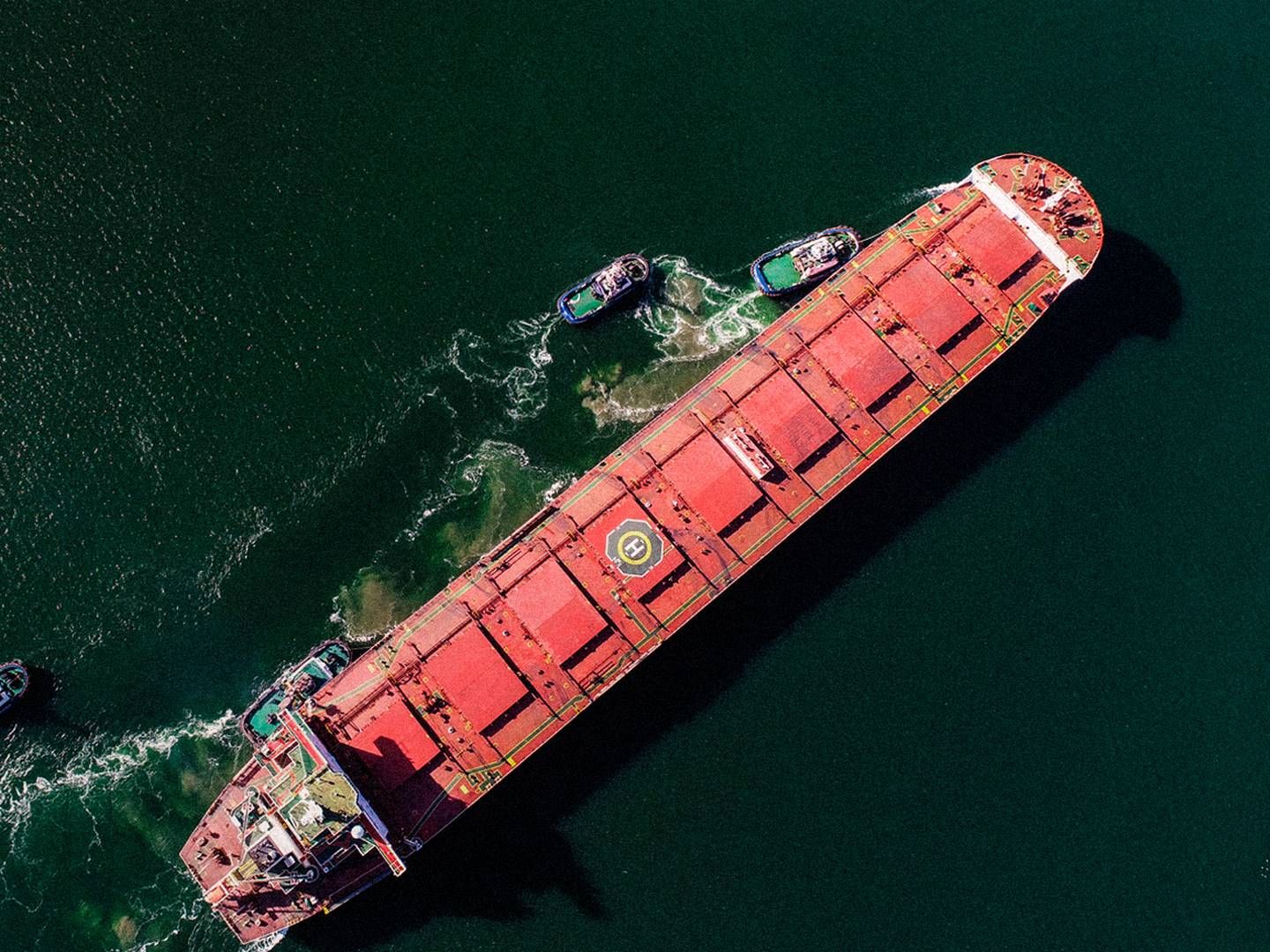Lego dynasty disappointed by shipping investments
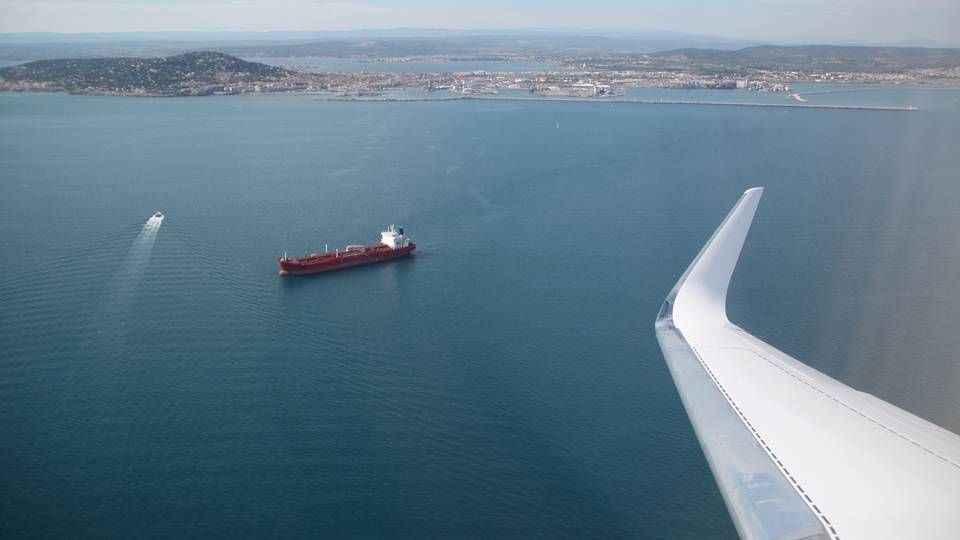
When Kirk Kapital entered the shipping industry in 2008 and invested in its first product tanker during the autumn, the investment company expected for it to be a good piece of business. But so far, the investment has not been as good as hoped for, Bjarne Ammitzbøll, Managing Director of Kirk Kapital, tells ShippingWatch.
“We are focusing on areas in which we expect to have a proper yield and the shipping market looked attractive. So far, the industry has not been as favourable in the long run as we had hoped for in 2008,” he explains.
Alongside Kirk Aviation A/S, the subsidiary company Kirk Shipping A/S is the commercial business unit of the investment company, whereas the rest of the portfolio is divided into bonds, listed shares and property. Out of the company’s equity of approximately USD 700 million, 12 percent is focused on the shipping unit, which owns five product tankers purchased during the past four years. Moreover, the company manages a product tanker on behalf of a shareholder.

In 2011, the subsidiary company managed to present a result of USD 417,000 after taxes which is not satisfactory, Bjarne Ammitzbøll states. According to the Managing Director, the return on equity must be between ten and twenty percent.
Continued belief in the investment
“We are an investment company and our finest task is to maintain the family’s real fortune in the long run and make it grow which has not succeeded in the shipping unit,” he says, adding that the company has no doubt that the return on the investment will improve in the long run.
“We still believe there is a great business potential in the future. During the first couple of months of the year, we have had relatively good freight earnings which are of course seasonal. However, we believe, the situation will change in the next couple of years as shipping is a cyclical industry.”
Focusing on product tankers
That was also why Kirk Kapital chose to invest in product tankers in 2008 as that segment is not as much affected by the ups and downs of the market as other segments within tank, e.g. VLCCs. Since the beginning in 2008, Lauritzen Tankers has had the day-to-day operational and technical supervision with the ships. This model was chosen as it was much more efficient than having to build up a new organisation, Bjarne Ammitzbøll explains. The company’s four MR vessels are employed in the Hafnia Management MR-pool while the two handysize vessels are active in the time-charter market – typically for a year at a time.
And as the situation is now, Kirk Shipping is right where it should be, Bjarne Ammitzbøll says.
“We have no purchase or sales strategies or any ambition to grow bigger or smaller. We keep the ships and operate them,” he says.
And he is not concerned about the future
“We have a very careful investment profile so I can calmly say that we have not been financially challenged as we have taken into account that the shipping industry might turn out worse than expected. We have spread our risks.”
In 2011, Kirk Kapital had a balance of USD 937.7 million and an equity of USD 659.8 million. The investment company will present its 2012 financial results ultimo April.
Hafnia: New business models for pools are needed
Lauritzen presents USD 350 million deficit
Related articles
Hafnia: New business models for pools are needed
For subscribers
Product tank doubles revenue on the Atlantic
For subscribers

